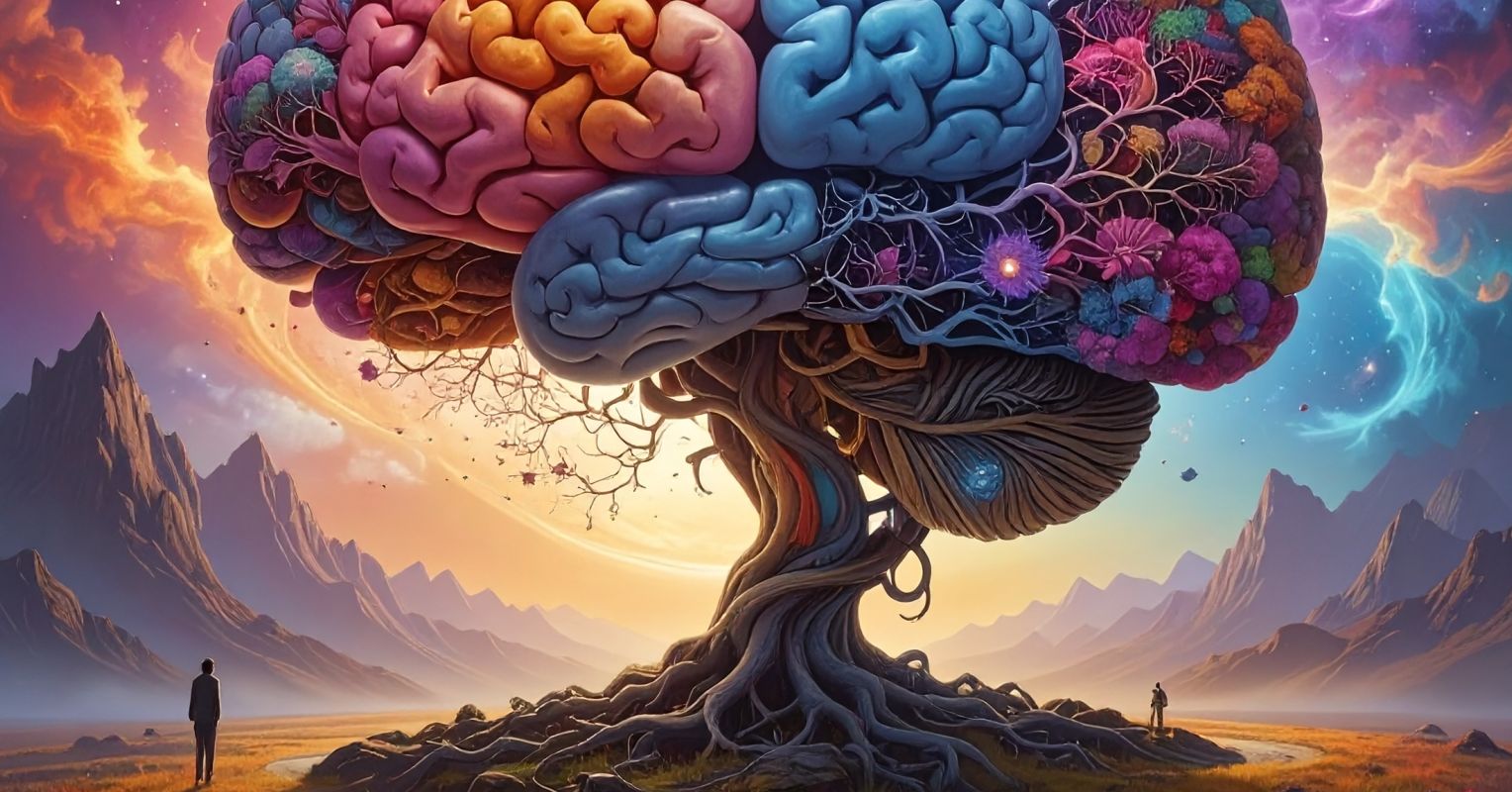
"I have not posted here for some time because I have been stuck in the muck of my own emotions, feeling sad, angry, and at times downright frozen. Many mornings, I awaken with dread. I am frequently tearful, anxious, and anhedonic (challenged to find pleasure). And yet, I manage to function, to conduct therapy sessions and do research, and sometimes even feel the clouds part for a few hours or days."
"There are intermittent moments of joy as I play with my grandchildren or walk in nature (good practices for managing stress). But it is a big struggle, and I've been working hard to reset my nervous system (out of the fight, flight, or freeze response) and find my way back, using the tools and skills I have cultivated and taught over decades, to regain feelings of safety, calm, security, and a lust for life."
"As a therapist and neuroscience researcher who specializes in helping clients navigate big feelings ( fear, rage, panic, grief, sadness), I have become overwhelmed with my own. This has prompted me to take this blog in a different direction for now, to share my personal (and professional) journey. I have always said that I teach what I need to know."
A clinician and neuroscience researcher experiences persistent sadness, anxiety, and anhedonia while continuing clinical work and research. Intermittent joy arises from family interactions and nature, which aid stress management. The clinician is actively working to reset the nervous system out of fight, flight, or freeze using long-cultivated therapeutic tools to regain safety, calm, security, and a lust for life. Early journal writing functioned as therapeutic self-care but diminished amid professional writing obligations. Neuroscience evidence supports self-kindness as a means to calm the brain, regulate big emotions, build resilience, and heal connections through love and dignity.
Read at Psychology Today
Unable to calculate read time
Collection
[
|
...
]